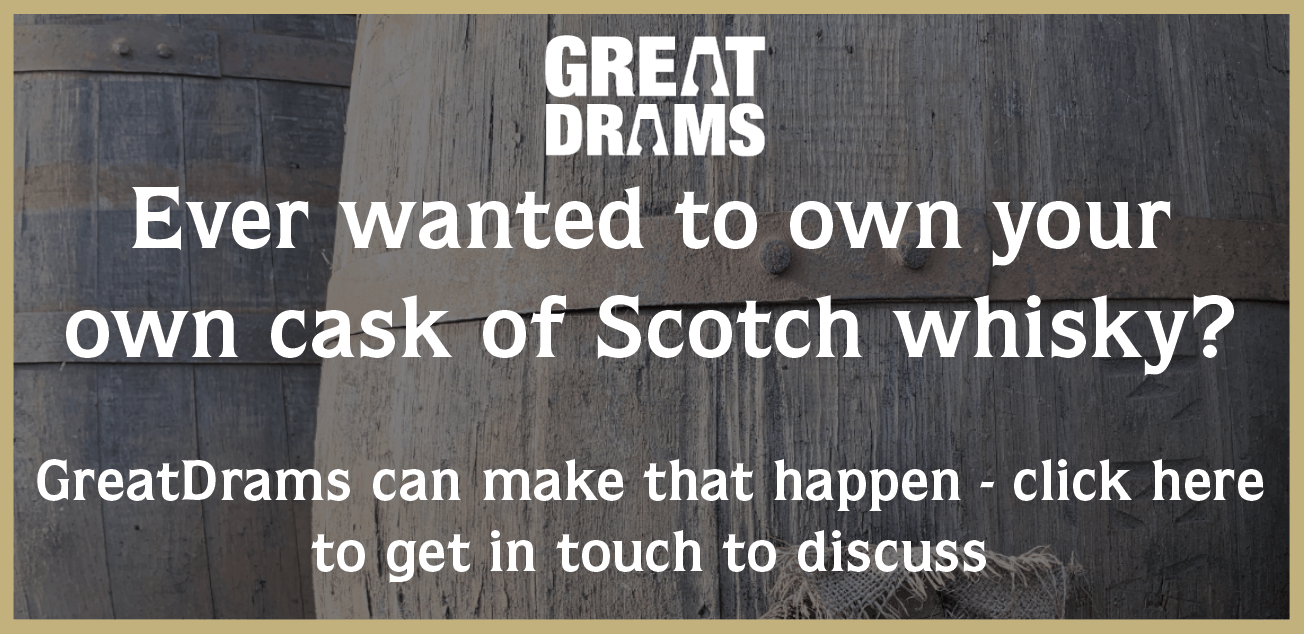Investing in Whisky Casks
let’s begin
Investing in whisky casks is becoming more and more popular, both as away to indulge a passion and as a way to make a bit of extra cash.
Investing smartly
While is might seem like a nice, easy way to invest your money in something you love, there are lots of complexities to investing in a whisky cask.
For one, your whisky cask will be a “wasting asset”. This means it is not liable for capital gains, but also that it can be a precarious investment. Whisky is a wasting asset because the liquid itself evaporates over time. It might seem like waiting 20 years for your whisky to mature and then bring you in a profit is an easy way to make money out of your cask, but be aware that there might not be enough whisky left after that length of time.
This is why it is important to regauge your casks every year to find out. Regauging is the process by which you can test the ABV of your cask and learn how many litres are left. Evaporation accounts for a loss of around 2% of whisky every year, so it is important to understand what is left inside.
What gains to expect
Many whisky cask investors claim they can make between 10-18% on their investment over the lifetime of their cask, you can sometime make much more as casks increase in value the older they get, despite of the Angels’ Share (evaporation).
The older a cask gets, the faster the price will increase due to the faster rate of evaporation and the quality of the liquid inside. It might seem like a good idea to buy an older cask and hold on to it for a couple of years to see a bigger return after a short period of time.
The issue with this is that it might drop its ABV within that time and it can be hard to gauge initially just how valuable that cask is. If you overpay for an older cask, you will not make as much of a return than buying young and selling over a longer period of time.
What else effects the price of your cask
The type of cask that you own is important. Most whisky will be matured in sherry or bourbon casks, although it is now becoming more popular to use a range of different casks like chestnut and acacia.
Sherry and bourbon are the most common because they are relatively easy to source. At any point, the market might swing more towards one or other of these two options, depending on which type of whisky is more popular at that time. So keep an eye out for where the market is going if you’re thinking of selling.
Regauged Litres of Alcohol is also important to consider. This refers to how many litres are still in your cask wen you want to sell it. We’ve already discussed how whisky cask prices go up as the whisky ages, however, the amount of whisky also decreases. This means the price of the whisky increases but the level of the whisky decreases. Again, regauging regularly allows you to know exactly how much is in your cask as well as the ABV, so you know when it’s the best time to sell.














